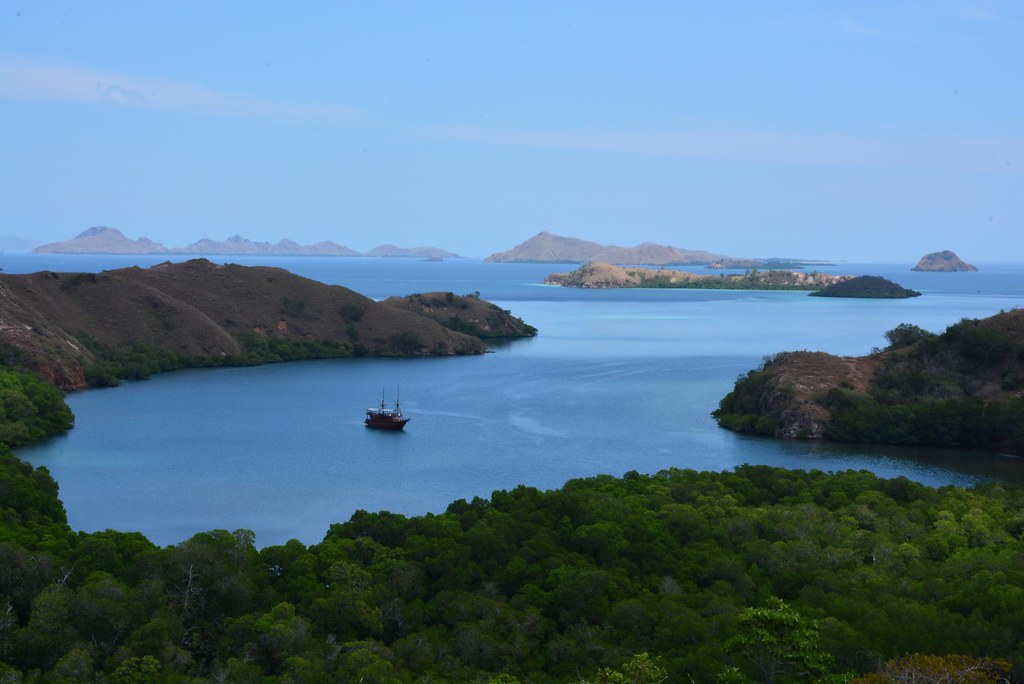Growing up in Indian families, especially ones where family members work really hard to enjoy the perks of being an officer in the government services, is a different experience altogether. It gives rise to mixed, and often, confusing emotions because many times, the entire family wants you to go through the process of securing a government job, which no doubt is respectable, but often, proves to be a bane when almost all your own decisions are questioned.
The idea of pursuing one’s passion is often looked down upon as they don’t comprehend how enriching it is to come out of one’s comfort zone and see, learn, inspire, exchange and apply new ideas in one’s life! Coming back to government jobs, there was a time when holding respectable positions in the government would mean going on a family vacation to the trio nations- Malaysia, Singapore and Thailand.
The trend still continues even today. But slowly, these family vacations are shifting to south-east Asian islands along with mainstream Europe, the most famous destinations being Bali, Lombok, Krabi and Langkawi to name a few. But there are many more islands that are not popular vacation spots for families, the names of which one can’t even pronounce properly. But surely, they are wonderful and scenic, where one can indulge themselves in enjoying the beauty of these places, trying the local cuisines and clicking pictures for social media accounts. For those who wish to explore the unexplored, Java in Indonesia is a perfect place.
Studying climate change, environment, ecosystem and adaptations has always been exciting to me. And yes, I definitely decided to come out of my comfort zone! Taking this interest forward, I landed a chance to go to Yogyakarta, Indonesia to attend a summer course program on the UN Sustainable Development Goals (SDGs) conducted by the Universitas Gadjah Mada (UGM), Yogyakarta- independent Indonesia’s first university and funded by Tokyo based United Nations University- Institute for the Advanced Study of Sustainability.

Indonesia, the largest South East Asian country, having an archipelago of more than 18,000 islands has a vast latitudinal cover. A land known for sultans, spices and tsunamis, it is prone to natural disasters, the major reason being its geographical location and geological events. Yogyakarta in Java is not only famous for its rich history and culture, but is also an excellent example for developing nations when it comes to dealing with climate change at large. The nation is striving really hard to generate awareness among the masses and to come up with sustainable solutions which are helping communities, setting a remarkable example for resilience!
There are many things that India can learn from this amazing country and help different communities, especially the ones living near coastal areas. I was highly impressed by the mangrove conservation efforts taken up at Yogyakarta. The mangrove conservation site was located in Baros Bantul Regency. Grown along Opak-Oya river banks, the conservation site had been developed mainly by the communities who live near the area.
The major problems that forced them to develop a mangrove area along Opak-Oya river banks were the decrease of farm production rate near the river banks caused by winds that bring salt molecules which harm the plants, the threat of tsunami and salt water intrusion to name a few. None of the mangroves existed until 2003, but now the area has more than 5 hectares due to conservation efforts by the community and the government. It was a fun experience to grow mangrove saplings of Rhyzophora as it was the first time for me.
Few kilometers away from the mangrove site lay another example of a protected site – the sandunes conservation. Located in Parangtritis, the conservation effort was one of its kinds as the sand dune formation was in a wet tropical climate. Incidentally, Parangtritis has the largest sandunes in SE Asia. Other places where such sandunes are found are:
- Klebang Beach, Melaka, Malaysia.
- Neon Sai Chumphon, Chumphon, Thailand.
- Mur NE Sand dune, Binh Thuan, Vietnam.
- La Paz sand dune, Ilocos Norte, Phillipines.
Another unique feature is the Barkhan formation in the sandunes which otherwise takes place only in the arid regions. The sand is rich in iron. It comes from the nearby Merapi eruptions and washed away by the rivers. Sand dunes act as a barrier as they protect agricultural and settlement areas in the northern part of Parangtritis. They also prevent salt water intrusion and act as the buffer area of water resources, apart from acting as great eco-tourism spots. Efforts are on to declare such places as Geo heritage sites as it provides priceless scientific knowledge about the earth.
There were many other sites that I had visited as part of my field trips but the mangrove conservation site stole the show. Yogyakarta, also spelt as Jogjakarta, was indeed special to my heart as it was a truly different travel story that inspired my vagabond mind to explore more unconventional and unknown virgin places across the globe!
